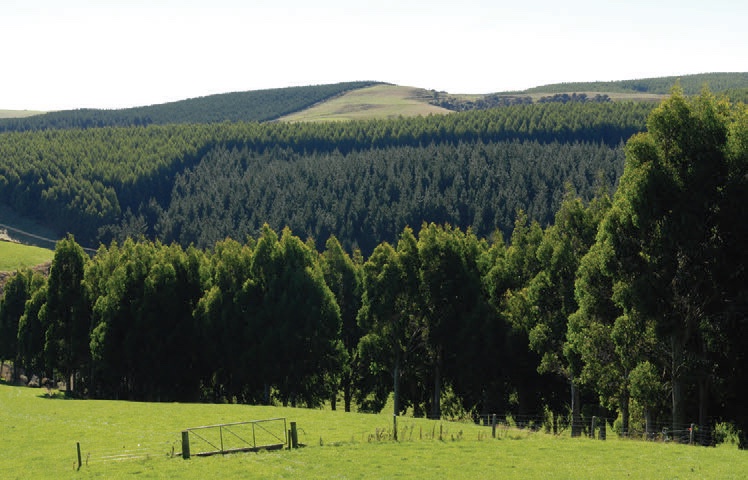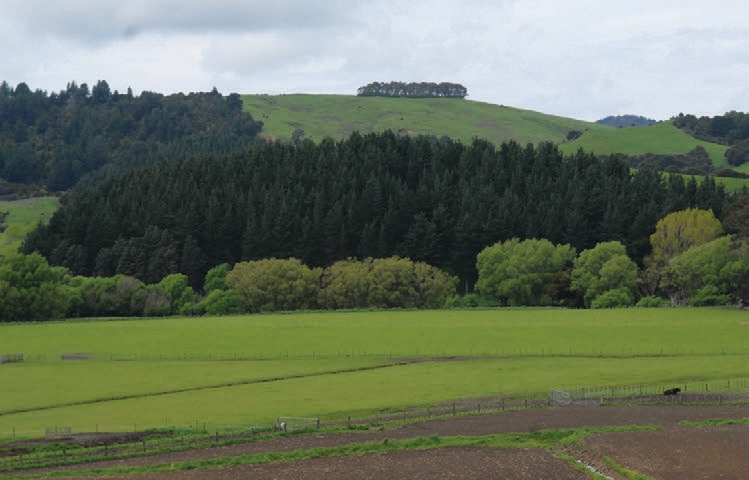Risk management and insurance
Rural Fire Authority, New Zealand Tree Grower May 2012.
The conversion of land from forestry to pasture has gained momentum in recent years. While most of this land is destined for dairying, many sheep and beef farmers retain forestry blocks as a source of additional income.
What follows is a brief overview of the main considerations that insurance companies may look at in determining the risk associated with a forestry block. It goes without saying that the best risks to insure are those for which the insured has taken all possible steps to reduce the risk of the perils to be insured against.
No two forestry blocks are managed the same. When evaluating the risk to insure a forestry block, insurance companies should work with the owner to gain a good understanding of the management of the forestry block. In particular is how the owner has reduced the risk to their forestry blocks. Here are some questions and issues you need to think about.
Is there a fire management plan in place?
Fire is the main peril which you can take steps against to reduce the risk. You need to look at the neighbouring land use, internal and external fire breaks, water sources and any internal fire trails. By taking the time to produce a fire management plan, you will be more aware of the risk and have taken further actions to reduce the chance of fire.
Fire breaks and internal tracks
External fire breaks of over 40 metres are ideal. If the external fire breaks are less than 15 metres and the forestry block does not adjoin farming land, this may not be considered an external fire break for insurance rating purposes.
Internal fire breaks should be at least 10 metres wide, otherwise they are just tracks. The purpose of these internal fire breaks is to suppress fire as it goes through a forestry block. Internal fire tracks enable fire-fighting units to move throughout a forestry block to fight any fire outbreak. No internal fire tracks should lead to any dead ends within the block, and a current map should be held with the local fire- fighting authorities.
Water availability and accessibility
Water is the main way to fight bush fires and forest fires. A forestry block with a water source either in the block or within two kilometres, which is accessible by both ground rigs and by air, could result in a discount on the insurance premium.
Adjoining land use
Adjoining land use is very important in assessing the risk associated with a forestry block. The ideal situation would be to have all woodlots surrounded by grazing land. Grass fires are easier to control. They also have a relatively lower heat than that of a forest fire, although they tend to cover country a lot faster than forest fires. The worst adjoining land use is native unmanaged forest where the amount of ground litter is unknown and therefore uncontrollable.

Power lines
If power lines run through a forestry block, it is important that a tree cannot touch any of the lines if the tree falls down. If a tree falls on to a line it is very probable that the fallen line will start a fire. Preferably trees should be planted with a 20 metre gap on each side of the line to reduce the risk of a tree bringing down the line.
Access controls including general public
Ideally all forestry blocks should be fenced with gates and locks. An insurance company would probably not consider people going for day bushwalks as affecting risk. However people camping and taking motor vehicles into the plantations increases the risk of fire breaking out.
If the forestry block is within five kilometres of a population centre, your insurance company will need to know. The main reason for this is the possibility of unsupervised children accessing the plantation, increasing the risk of fire.
Thinning and pruning
The practice of thinning or pruning increases both the chances of fire and wind damage. Pruning leaves a dry fuel load on the ground, which in turn raises the chance of fire. It also increases wind exposure as the wind is able to blow freely around the lower levels of the trunks.
Wind risk management
Wind is probably the greatest single risk to a forestry investment. Steps which can be taken to reduce wind damage include reducing the exposure of the forestry block to prevailing winds, good planting practices, and growing species less susceptible to wind damage.
Avoid planting on ridge tops and in gorges. Parts of country downwind from mountainous zones also have a bad record of damage. Seedlings conditioned in the nursery are not as wind-firm as wildlings, so handling, planting and seedling management practices are very important. This is particularly so for less wind-resistant species such as radiata pine.
Insuring forestry blocks against these risks
Look for a forestry policy which provides cover against loss of trees caused directly by fire, lightning or hail. Additional benefits are cover for expenses incurred for fire mitigation, site clearing costs and re-establishment. You should also get optional cover for loss of trees caused directly by windstorm, and fire-fighting levies imposed under section 46 of the Forest and Rural Fires Act 1977.
Fire-fighting and suppression costs can be a significant financial risk in themselves. If you have property bordering forestry or Department of Conservation land, you are strongly advised to ensure you are adequately protected by including a sufficient level of Forest and Rural Fires Act cover as part of the liability policy.


 Farm Forestry New Zealand
Farm Forestry New Zealand